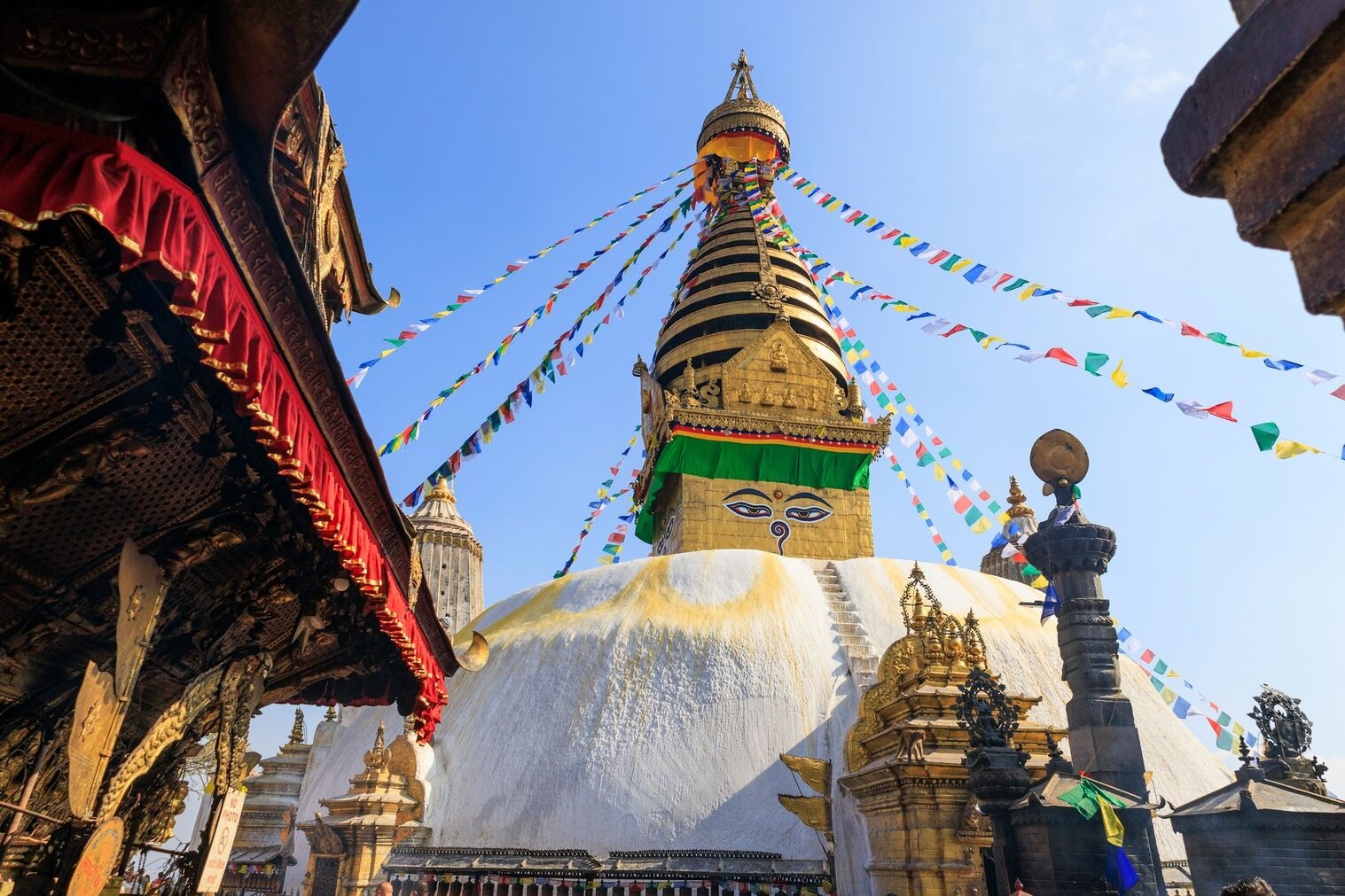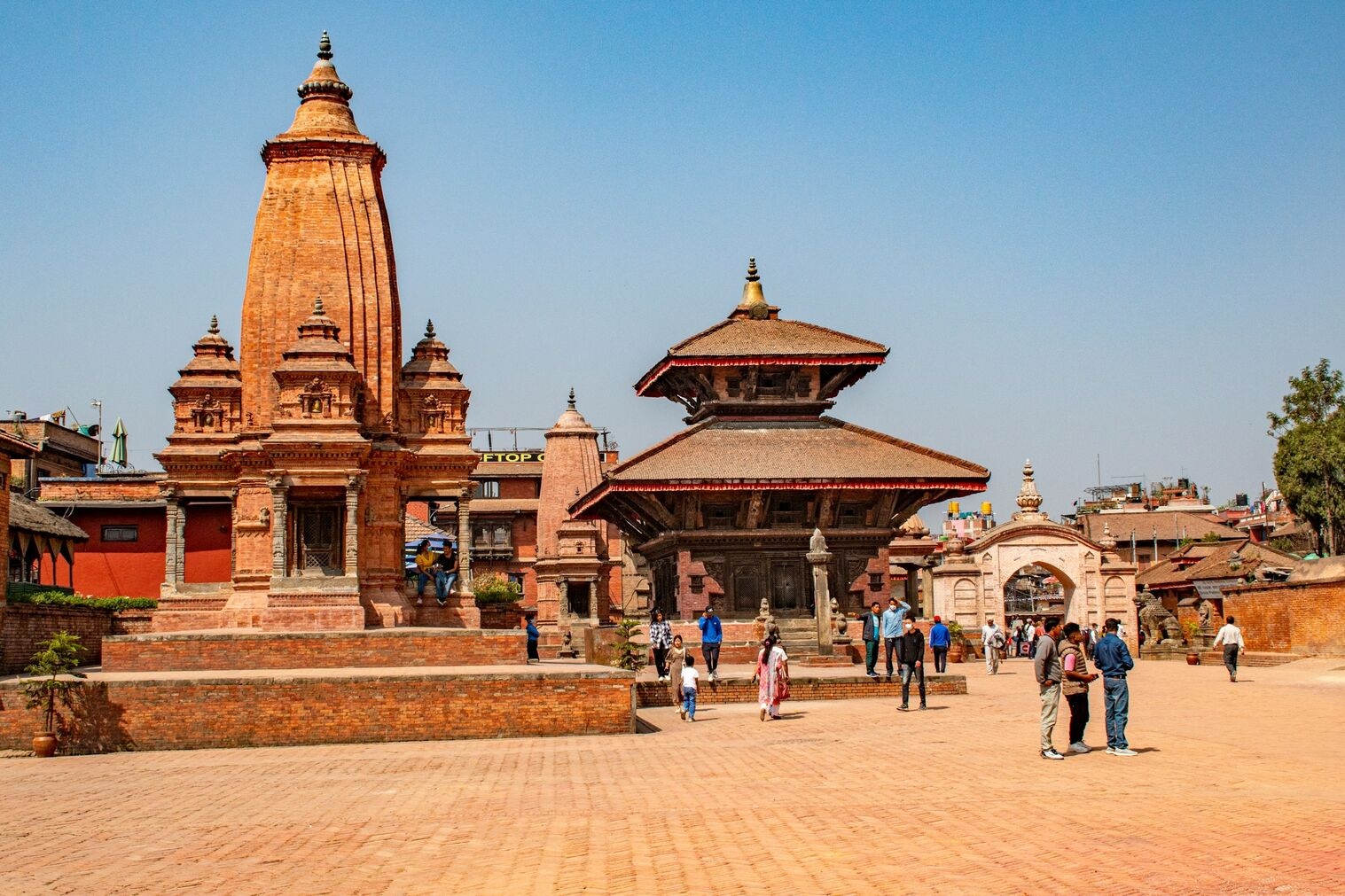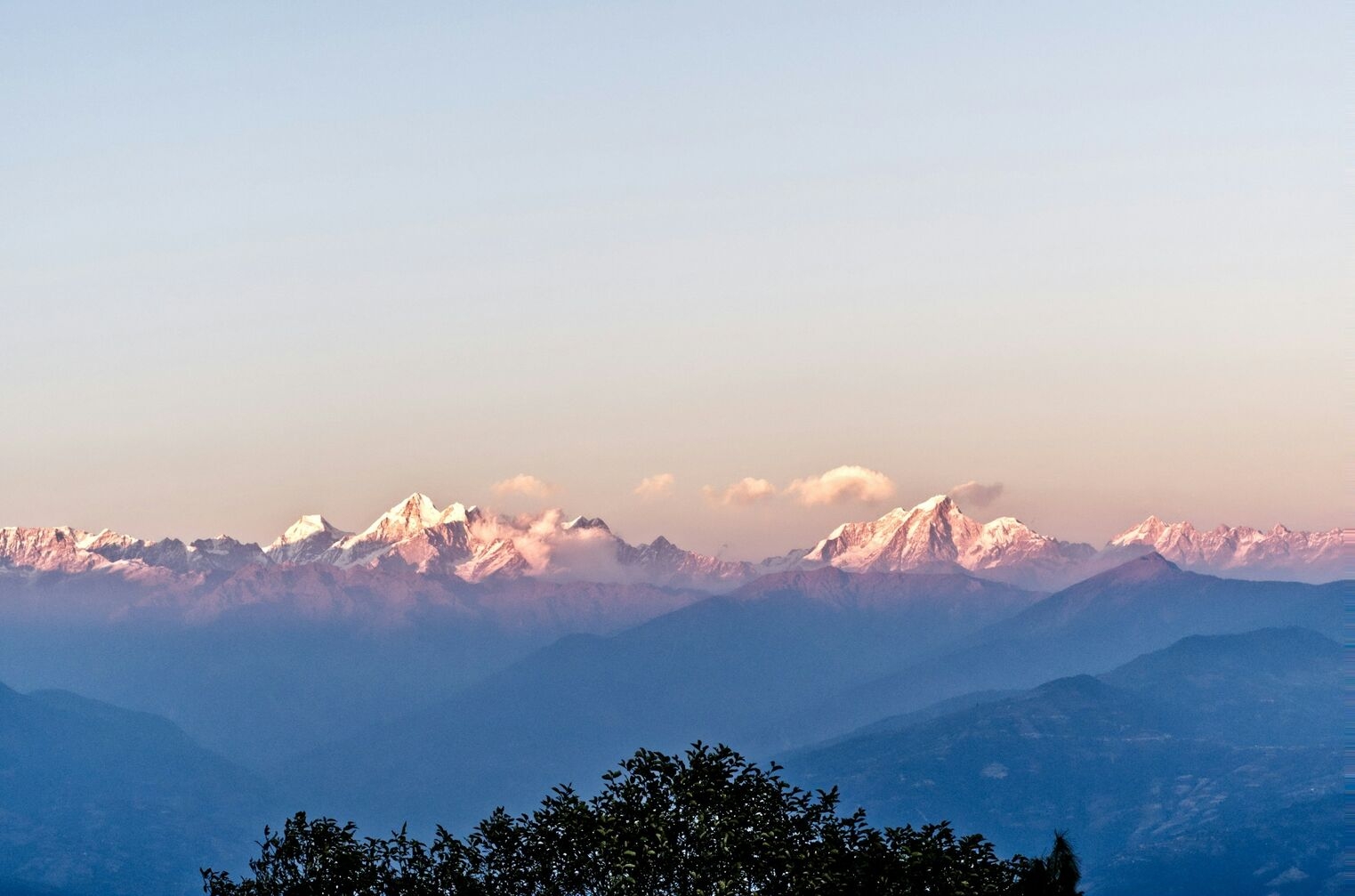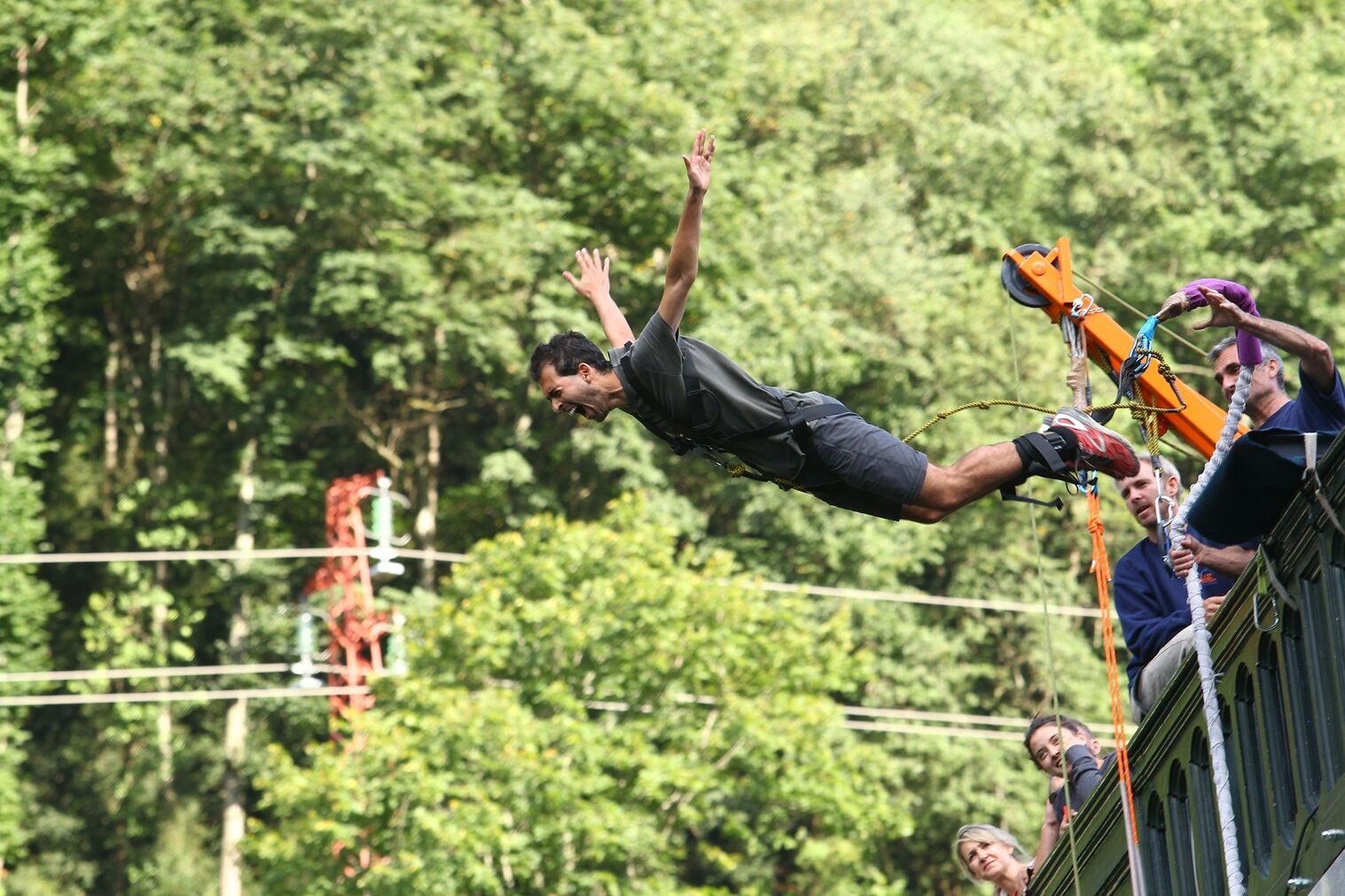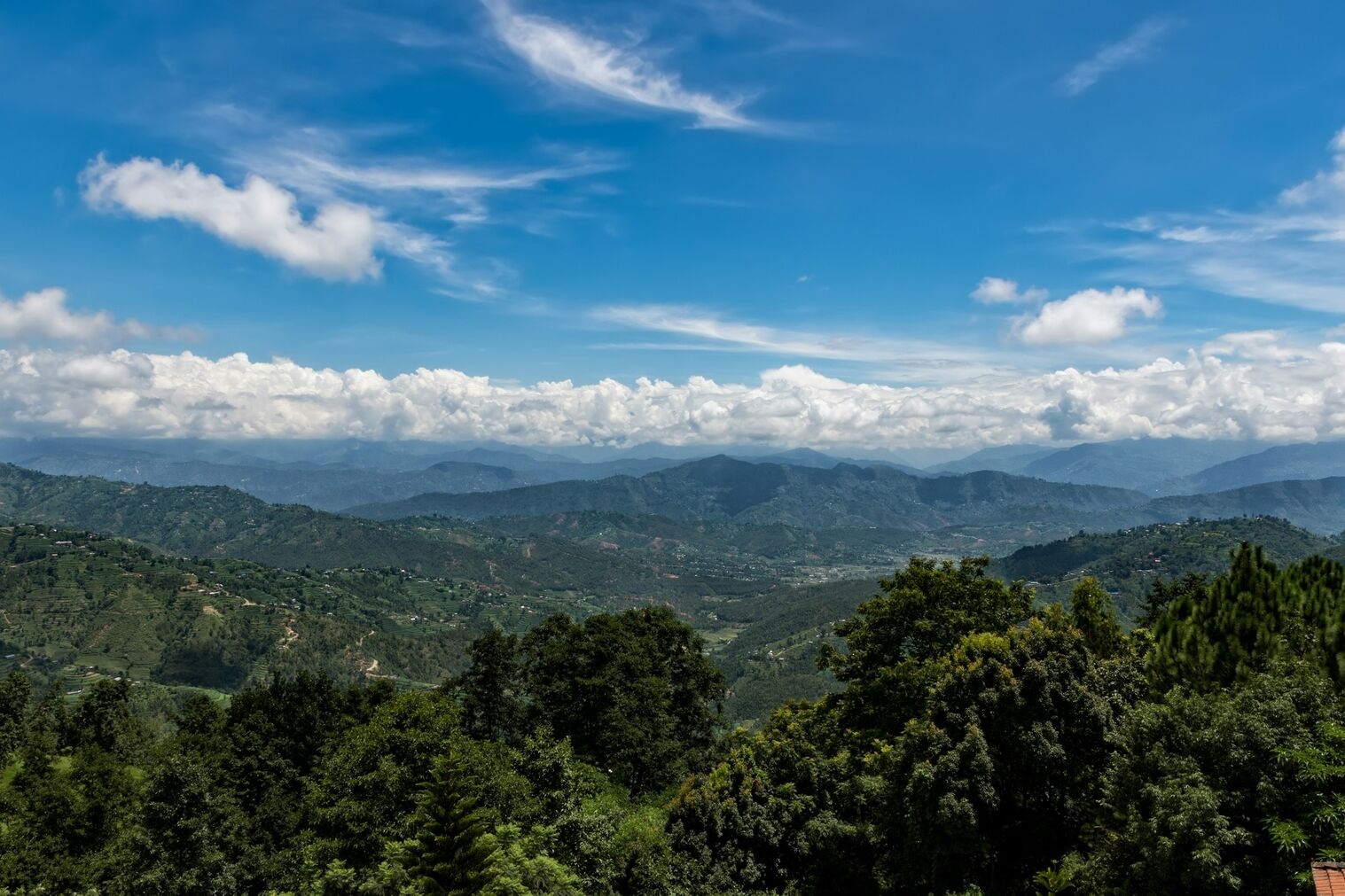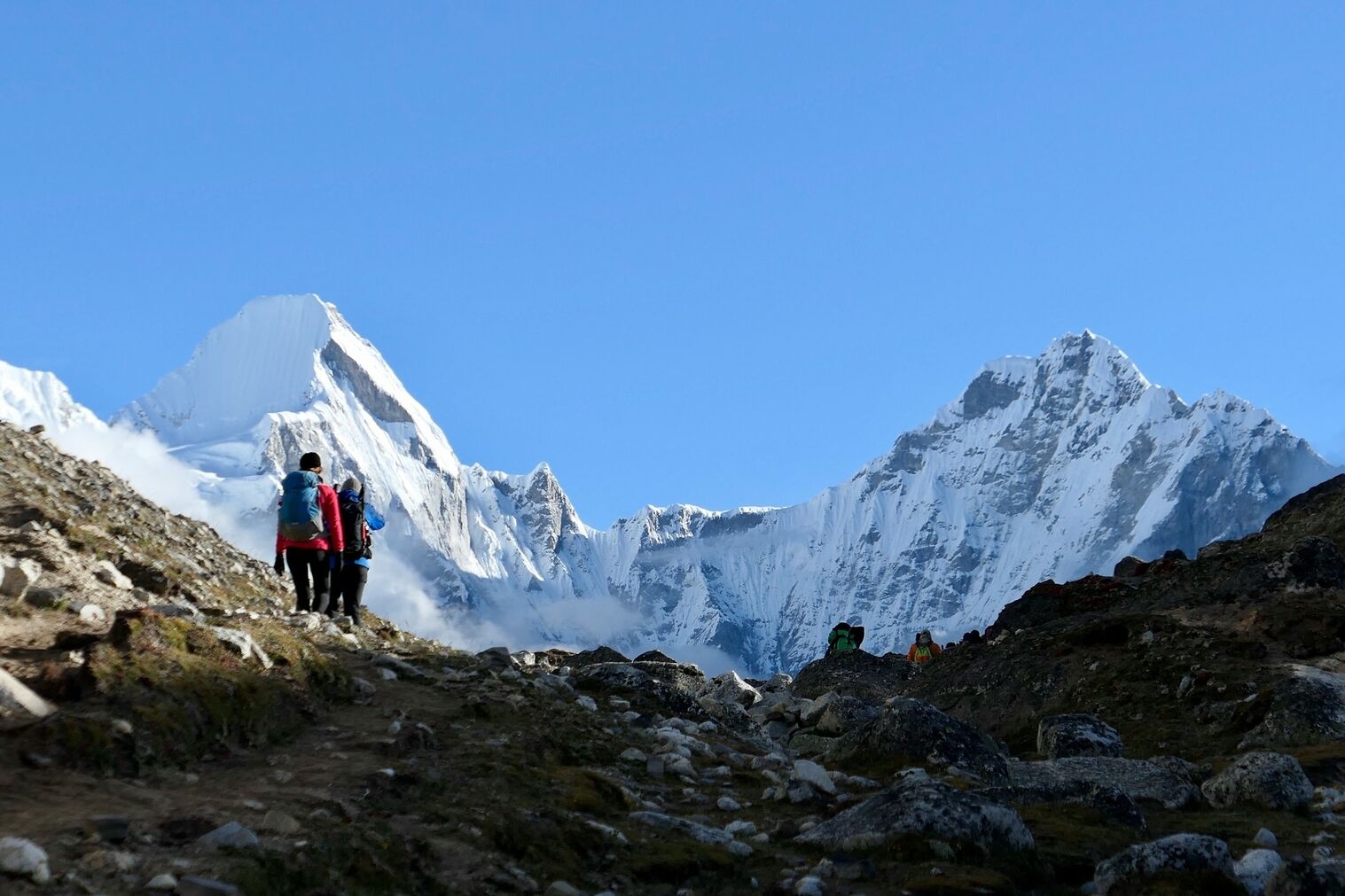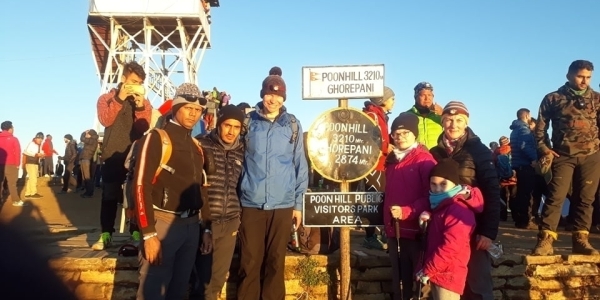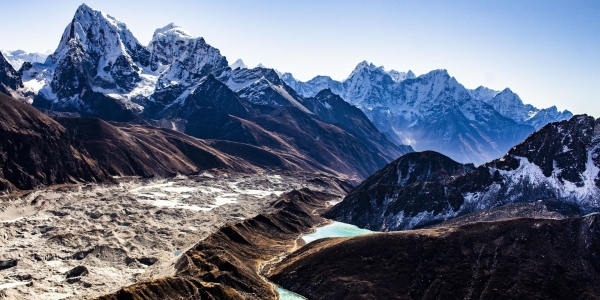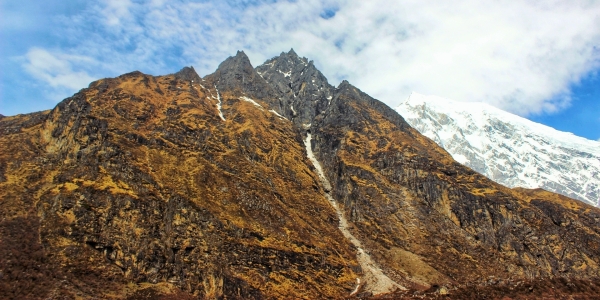Nepal, nestled in the heart of the Himalayas, beckons travelers with its awe-inspiring natural beauty, rich cultural heritage, and warm hospitality. For those with limited time yet a desire to experience the essence of this enchanting country, short tour packages offer an ideal opportunity. Here, we delve into the highlights, famous tour places, permit requirements, luxury options, cultural insights, and the list of short tour packages available for 2024/2025.
Highlights of Nepal
Nepal boasts a myriad of attractions that capture the essence of its natural beauty and cultural heritage. From the towering peaks of the Himalayas to the tranquil lakes and lush forests, the country offers a breathtaking panorama. Additionally, Nepal's rich cultural tapestry, adorned with ancient temples, monasteries, and vibrant festivals, adds to its allure,
The highlights of Nepal include:
Kathmandu Valley
The Kathmandu Valley, nestled in the heart of Nepal, is a cultural and historical treasure trove that beckons travelers with its rich heritage, vibrant traditions, and stunning architecture. Spread across an area of approximately 640 square kilometers, the valley is home to three major cities – Kathmandu, Bhaktapur, and Patan – each offering a glimpse into Nepal's glorious past.
One of the valley's most striking features is its
UNESCO World Heritage Sites, which dot the landscape with their ancient temples, stupas, and palaces. In Kathmandu, the capital city, Durbar Square stands as a testament to the Malla dynasty's architectural prowess, with its intricately carved wooden palaces and centuries-old temples. Similarly, Bhaktapur Durbar Square enchants visitors with its well-preserved medieval charm, showcasing exquisite pagodas, courtyards, and stone sculptures. Patan, renowned for its fine metalwork and traditional crafts, boasts an impressive array of temples and palaces, including the iconic Patan Durbar Square.
The valley's cultural heritage is further enhanced by its vibrant festivals and religious celebrations, which draw pilgrims and tourists alike from all corners of the globe. From the colorful festivities of Dashain and Tihar to the solemn rituals of Buddha Jayanti and Shivaratri, the valley pulsates with the rhythm of age-old traditions and beliefs. Visitors can immerse themselves in the sights and sounds of these vibrant celebrations, gaining a deeper understanding of Nepal's rich cultural tapestry.
Pokhara
Pokhara, often referred to as the "Jewel of the Himalayas," is a picturesque city nestled in the lap of the Annapurna mountain range in Nepal. Renowned for its stunning natural beauty, tranquil lakes, and panoramic vistas, Pokhara captivates visitors with its serene ambiance and adventurous spirit.
Situated approximately 200 kilometers west of Kathmandu,
Pokhara serves as the gateway to some of Nepal's most iconic trekking routes, including the Annapurna Circuit and the Annapurna Base Camp. The city's strategic location at the foot of the Himalayas offers unparalleled opportunities for outdoor activities such as trekking, hiking, paragliding, and mountain biking.
One of Pokhara's most iconic landmarks is Phewa Lake, a tranquil body of water that reflects the towering peaks of the Annapurna and Machhapuchhre mountains. Visitors can take a leisurely boat ride on the lake, soak in the breathtaking views, or simply relax on its shores, surrounded by the serenity of nature.
Another highlight of Pokhara is the World Peace Pagoda, a gleaming white stupa perched atop a hill overlooking the city. Built to promote world peace, the pagoda offers panoramic views of Pokhara Valley and the surrounding mountains, making it a popular spot for meditation and contemplation.
Adventure enthusiasts flock to Pokhara for its thrilling paragliding experiences, which allow them to soar high above the city and take in bird's-eye views of the majestic Himalayas. The city's clear skies and gentle thermals make it an ideal destination for both novice and experienced paragliders a like.
Chitwan National Park
Chitwan National Park, located in the subtropical lowlands of southern Nepal, is a sanctuary of biodiversity and a haven for wildlife enthusiasts. Established in 1973, it was the first national park in Nepal and was declared a UNESCO World Heritage Site in 1984 for its exceptional natural value.
Spanning an area of 932 square kilometers,
Chitwan National Park is renowned for its dense forests, grassy plains, and meandering rivers, which provide a vital habitat for a diverse range of flora and fauna. The park is home to over 700 species of wildlife, including rare and endangered species such as the Bengal tiger, one-horned rhinoceros, and Asian elephant.
One of the park's most iconic residents is the one-horned rhinoceros, which has made a remarkable comeback from the brink of extinction due to conservation efforts. Visitors to
Chitwan National Park have the opportunity to embark on thrilling jungle safaris, either on foot, by jeep, or on the back of an elephant, in search of these magnificent creatures and other elusive wildlife.
Lumbini
Lumbini, located in the Rupandehi District of Nepal, is one of the most sacred sites in the world for Buddhists. It is renowned as the birthplace of Siddhartha Gautama, who later became known as Lord Buddha, the founder of Buddhism. Lumbini holds immense religious and cultural significance, attracting pilgrims and tourists from all corners of the globe.
The exact birthplace of Lord Buddha is marked by the Mayadevi Temple, named after his mother, Queen Mayadevi. The temple complex encompasses the sacred garden where Queen Mayadevi is believed to have given birth to Prince Siddhartha while holding onto a sal tree. The site is adorned with prayer flags, stupas, and shrines, creating a serene and contemplative atmosphere for visitors.
Apart from the Mayadevi Temple,
Lumbini is also home to numerous monasteries and temples built by Buddhist communities from around the world. These monastic complexes reflect the architectural styles and cultural traditions of different Buddhist countries, including Thailand, Sri Lanka, China, Japan, and Myanmar, among others. Each monastery offers a unique glimpse into the diverse practices and beliefs within the Buddhist faith.
The Ashoka Pillar, erected by the Indian Emperor Ashoka in the 3rd century BCE, stands as a testament to the ancient roots of Buddhism in Lumbini. The pillar bears an inscription commemorating Emperor Ashoka's visit to the birthplace of Lord Buddha and his dedication to spreading the teachings of Buddhism throughout his empire.
Lumbini is not only a place of pilgrimage for Buddhists but also a symbol of peace and harmony for people of all faiths. The International Peace Pagoda, built by Japanese Buddhists, stands as a beacon of hope for global peace and understanding. The pagoda's gleaming white dome and golden spire rise majestically against the backdrop of the Nepalese countryside, serving as a reminder of humanity's shared aspirations for a better world.
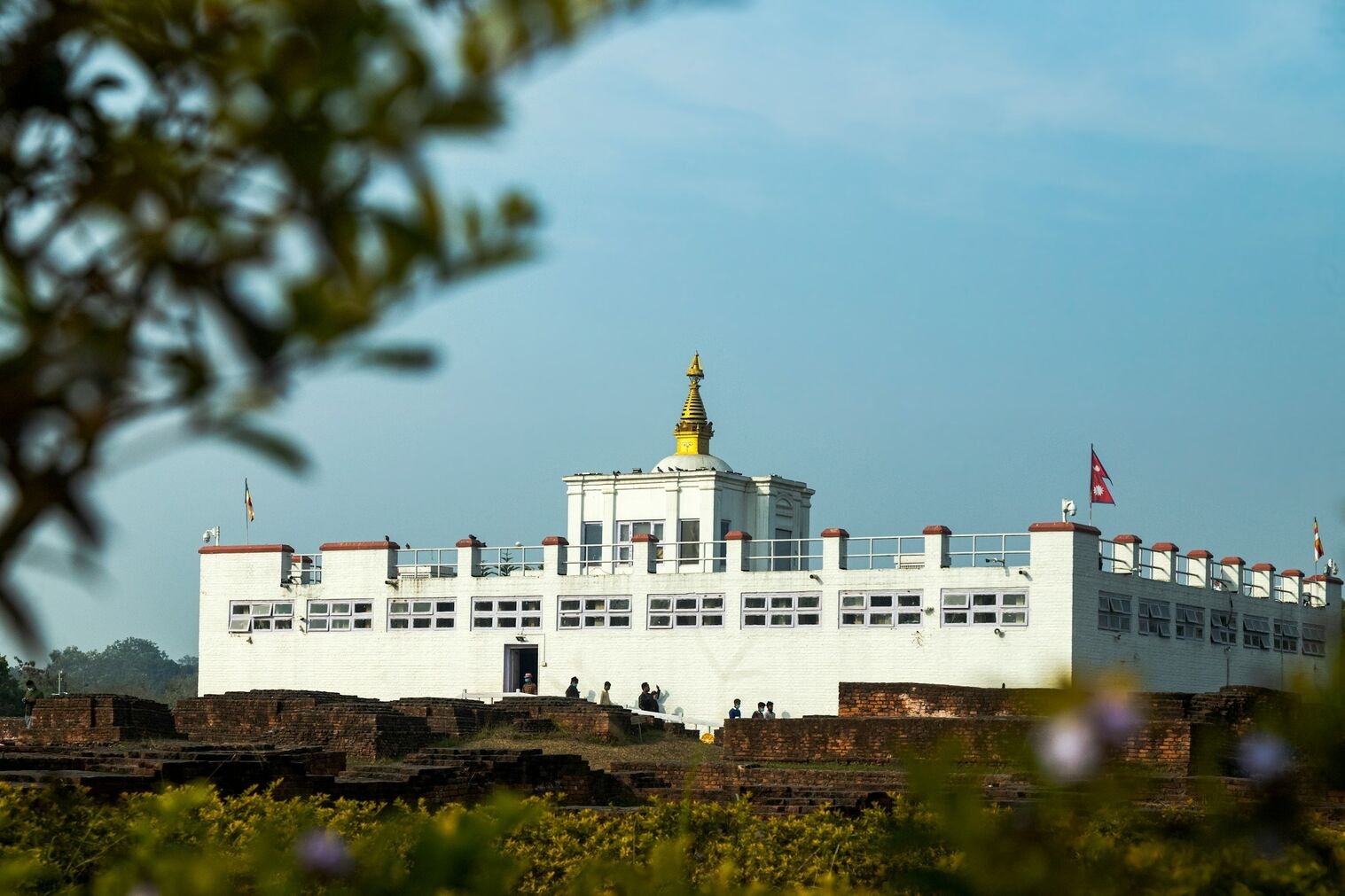 Famous Tour Places in Nepal
Famous Tour Places in NepalAmong the famous tour places in Nepal, Kathmandu Valley stands out as the cultural and historical heart of the country. The valley is home to seven UNESCO World Heritage Sites, including the iconic Kathmandu Durbar Square, Pashupatinath Temple, and Boudhanath Stupa. Another popular destination is Pokhara, known for its stunning lakes, serene atmosphere, and close proximity to the Annapurna mountain range. Chitwan National Park, with its diverse wildlife and jungle safaris, offers a unique wilderness experience.
Pashupatinath Temple, situated on the banks of the Bagmati River in Kathmandu, Nepal, is one of the most sacred Hindu temples in the world. Dedicated to Lord Shiva, the temple is a revered pilgrimage site and an architectural marvel that attracts devotees, tourists, and scholars alike.
The temple complex, spread across a sprawling area, comprises numerous shrines, ashrams, and courtyards, all adorned with intricate wood carvings, sculptures, and pagoda-style architecture. The main temple, with its distinctive two-tiered golden roof and silver-plated doors, is a masterpiece of Newari craftsmanship and Hindu symbolism.
Pashupatinath Temple is steeped in mythology and legend, with its origins dating back over 2,000 years. According to Hindu beliefs, the temple marks the spot where Lord Shiva took the form of Pashupati, the Lord of Animals, and performed his divine cosmic dance, known as the Tandava. The temple complex is also mentioned in ancient Hindu scriptures, including the Puranas and the Mahabharata, further adding to its significance.
One of the most striking features of Pashupatinath Temple is its sacred cremation ghats, where Hindus from all walks of life come to perform the final rites for their departed loved ones. The ghats, located along the banks of the Bagmati River, are a solemn and reverent space, where funeral pyres burn day and night, sending prayers and offerings to the gods.
The temple complex is a bustling hub of religious activity, particularly during festivals such as Maha Shivaratri, when thousands of devotees flock to the site to pay homage to Lord Shiva. The air is filled with the sound of bells, chants, and hymns, creating a vibrant and spiritually charged atmosphere.
Visitors to Pashupatinath Temple can explore the various shrines and courtyards, each offering a glimpse into the rich tapestry of Hindu mythology and culture. The temple's resident priests, known as Bhattas, perform daily rituals and ceremonies, offering blessings and prayers to devotees seeking divine intervention and guidance.
Aside from its religious significance, Pashupatinath Temple is also a UNESCO World Heritage Site, recognized for its cultural and architectural importance. The temple complex serves as a living testament to Nepal's rich heritage and spiritual legacy, attracting visitors from around the world who come to marvel at its beauty and soak in its aura of devotion and tranquility.
Boudhanath Stupa
Boudhanath Stupa, located in the heart of Kathmandu, Nepal, is one of the largest and most important Buddhist stupas in the world. Also known as Boudha or Bodnath, the stupa is a UNESCO World Heritage Site and a revered pilgrimage destination for Buddhists from around the globe.
The stupa stands as a towering symbol of Buddhist faith and architectural grandeur, rising to a height of 36 meters (118 feet) and dominating the skyline with its magnificent white dome and gilded spire. Adorned with intricate carvings, colorful prayer flags, and the watchful eyes of the Buddha, known as the "all-seeing eyes," the stupa exudes an aura of peace, tranquility, and spiritual enlightenment.
Boudhanath Stupa holds a sacred place in Tibetan Buddhism, particularly among the Tibetan refugee community in Nepal. The stupa's origins can be traced back to the 5th century, although its current form dates to the 14th century, when it was renovated by the Malla kings of Nepal. Legend has it that the stupa enshrines the remains of Kassapa Buddha, a previous incarnation of Gautama Buddha.
The stupa's circular base is adorned with hundreds of prayer wheels, each inscribed with sacred mantras and prayers. Devotees and visitors circumambulate the stupa in a clockwise direction, spinning the prayer wheels and chanting prayers for blessings, merit, and enlightenment. The rhythmic sound of prayers and the sight of devotees deep in meditation create a powerful and reverent atmosphere around the stupa.
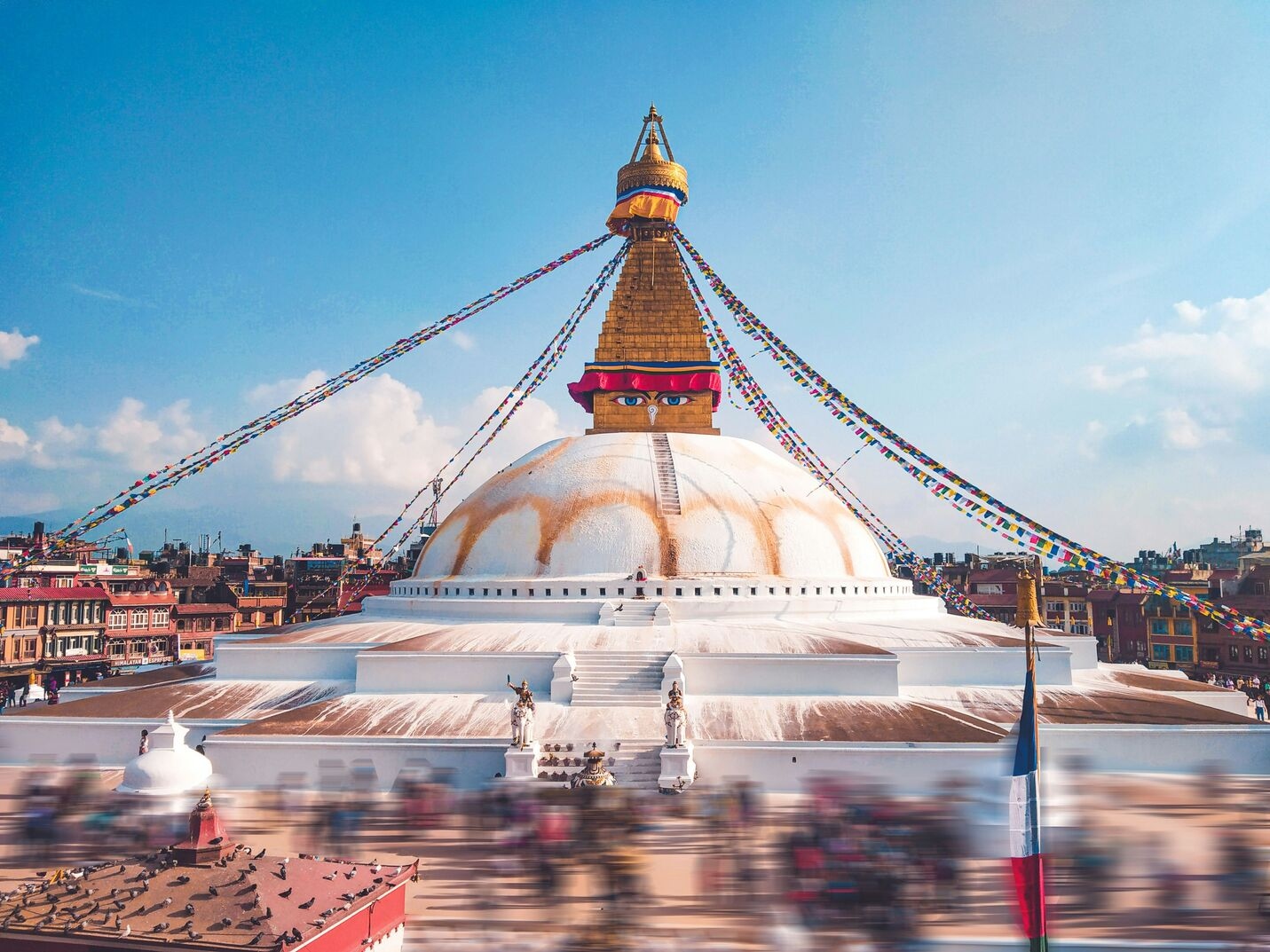 Swayambhunath Stupa
Swayambhunath StupaSwayambhunath Stupa, also known as the Monkey Temple, is an ancient and sacred Buddhist monument located atop a hill in the Kathmandu Valley of Nepal. Perched on a hilltop overlooking the bustling city below, Swayambhunath is one of the most iconic and revered stupas in the country, attracting pilgrims, tourists, and spiritual seekers from around the world.
The stupa is believed to date back over 2,000 years, making it one of the oldest Buddhist sites in Nepal. Legend has it that the stupa was built by the legendary King Manadeva of the Lichhavi dynasty, although its origins are shrouded in myth and mystery. The name "Swayambhunath" translates to "Self-Existent One," reflecting the belief that the stupa emerged spontaneously from the earth.
Swayambhunath Stupa is characterized by its distinctive dome-shaped structure, adorned with intricate carvings, golden spires, and the watchful eyes of the Buddha, known as the "all-seeing eyes." Surrounding the stupa are numerous smaller shrines, temples, and statues, each contributing to the spiritual ambiance of the site.
One of the most enchanting features of Swayambhunath is its resident population of monkeys, which roam freely around the stupa and its surroundings. These playful and mischievous creatures have earned the site its affectionate nickname, the Monkey Temple, and add to the unique charm and character of the place.
The hilltop location of Swayambhunath offers panoramic views of the Kathmandu Valley and the surrounding Himalayan mountains, making it a popular spot for tourists and photographers seeking breathtaking vistas. Visitors can climb the steep staircase leading to the stupa, pausing along the way to admire the colorful prayer flags, spin prayer wheels, and soak in the spiritual energy of the site.
Durbar Squares
Durbar Squares, also known as palace squares, are historic public spaces located in the Kathmandu Valley of Nepal. These squares served as the administrative and ceremonial centers of ancient Nepalese kingdoms and are characterized by their stunning architecture, intricate wood carvings, and rich cultural heritage.
There are three main Durbar Squares in the Kathmandu Valley: Kathmandu Durbar Square, Bhaktapur Durbar Square, and Patan Durbar Square. Each square is home to a collection of palaces, temples, courtyards, and statues, showcasing the architectural styles and artistic craftsmanship of the Newari people, who were the master builders of medieval Nepal.
Kathmandu Durbar Square, located in the heart of the Nepalese capital, is a
UNESCO World Heritage Site and the former seat of the Malla kings who ruled over the Kathmandu Valley. The square is home to the Hanuman Dhoka Palace Complex, the Taleju Temple, the Kumari Bahal (residence of the Living Goddess Kumari), and numerous other historic landmarks.
Bhaktapur Durbar Square, situated in the ancient city of Bhaktapur, is renowned for its well-preserved medieval architecture and vibrant cultural heritage. The square is dominated by the 55-Window Palace, the Golden Gate, the Nyatapola Temple (one of the tallest pagoda temples in Nepal), and the Bhairava Nath Temple.
Patan Durbar Square, located in the city of Lalitpur (Patan), is famous for its exquisite woodwork, metalwork, and stone carvings. The square is home to the ancient Royal Palace of Patan, the Krishna Mandir, the Mahabouddha Temple, and the Golden Temple (Hiranya Varna Mahavihar).
Easy Short Tour Places in Nepal
For travelers seeking easy short tour places, Nagarkot, renowned for its panoramic sunrise views over the Himalayas, is an ideal choice. Bandipur, a picturesque hilltop town with well-preserved Newari architecture, provides a glimpse into Nepal's rich cultural heritage. Lumbini, the birthplace of Lord Buddha, holds immense spiritual significance and tranquility.
Nagarkot
Nagarkot, nestled in the hills of the Kathmandu Valley, is a tranquil hill station renowned for its breathtaking views of the Himalayan mountain range, including Mount Everest, making it one of the most popular destinations for tourists seeking panoramic vistas and serene surroundings.
Located approximately 32 kilometers east of Kathmandu,
Nagarkot is easily accessible by road and offers a welcome respite from the hustle and bustle of city life. The hill station sits at an elevation of 2,175 meters (7,136 feet) above sea level, providing a cool and refreshing climate year-round, making it an ideal escape from the heat and pollution of the capital.
The main attraction of Nagarkot is undoubtedly its stunning sunrise and sunset views over the Himalayas. Visitors flock to the hill station in the early hours of the morning to witness the first rays of sunlight illuminate the snow-capped peaks, painting the sky in a palette of vibrant colors.
Bandipur
Bandipur, nestled in the foothills of the Himalayas in central Nepal, is a charming hilltop town renowned for its well-preserved Newari architecture, rich cultural heritage, and stunning panoramic views of the surrounding mountains.
Located approximately 143 kilometers west of Kathmandu and 80 kilometers east of Pokhara, Bandipur is easily accessible by road, yet maintains a tranquil and idyllic atmosphere that feels a world away from the hustle and bustle of urban life. The town sits at an altitude of 1,030 meters (3,379 feet) above sea level, offering a cool and refreshing climate year-round.
Bandipur's main thoroughfare, lined with traditional Newari buildings adorned with intricately carved wooden facades and latticed windows, exudes an old-world charm that harkens back to a bygone era. The town's rich architectural heritage reflects its history as a prosperous trading center along the ancient trade route between Tibet and India.
One of the highlights of a visit to Bandipur is exploring its historic streets and alleyways, which are dotted with temples, shrines, and statues dating back centuries. The town's central marketplace, known as the Bandipur Bazaar, bustles with activity as locals go about their daily lives, selling fresh produce, handicrafts, and traditional textiles.
Bandipur also offers stunning views of the Himalayan mountain range, including the Annapurna, Manaslu, and Dhaulagiri massifs, which can be enjoyed from various vantage points around the town. Visitors can embark on leisurely hikes or nature walks to nearby viewpoints such as Tundikhel and Thani Mai Temple, which offer panoramic vistas of the surrounding valleys and mountains.
For outdoor enthusiasts, Bandipur provides opportunities for adventure activities such as hiking, mountain biking, and paragliding amidst the picturesque landscapes of the surrounding hills and forests. The nearby Siddha Cave, one of the largest limestone caves in Nepal, offers spelunking adventures for those seeking an underground exploration.
Dhulikhel
Dhulikhel, nestled in the eastern outskirts of the Kathmandu Valley, is a picturesque town renowned for its panoramic mountain views, serene atmosphere, and rich cultural heritage. Located approximately 30 kilometers southeast of Kathmandu, Dhulikhel offers a tranquil escape from the hustle and bustle of city life, making it a popular destination for both domestic and international travelers seeking relaxation and rejuvenation amidst natural beauty.
Perched at an altitude of 1,550 meters (5,085 feet) above sea level, Dhulikhel boasts stunning vistas of the Himalayan mountain range, including iconic peaks such as Langtang, Ganesh Himal, and Dorje Lakpa. The town's elevated position provides ample opportunities for breathtaking sunrise and sunset views, with the snow-capped mountains casting a golden glow against the horizon.
Dhulikhel's charming streets are lined with traditional Newari architecture, characterized by intricately carved wooden facades, ornate windows, and pagoda-style temples. The town's rich cultural heritage is evident in its well-preserved temples, shrines, and palaces, which date back centuries and offer insights into Nepal's history and religious traditions.
Why Choose Us Short Tour Packages in Nepal 2024/2025
Our short tour packages in Nepal offer a blend of authenticity, convenience, and affordability. With our expert local guides, travelers can immerse themselves in the culture and heritage of Nepal while exploring its hidden gems. We pride ourselves on creating customized itineraries tailored to the preferences and interests of our clients, ensuring a truly personalized experience. Moreover, our competitive prices make luxury travel accessible to all.
Here's why you should choose us:
Expertise:Our team of experienced professionals ensures seamless planning and execution of tours.
Customization: We offer flexible itineraries tailored to individual preferences and interests.
Safety: We prioritize the safety and well-being of our clients, adhering to high standards of safety protocols.
Value for Money: Our packages offer excellent value, including accommodation, transportation, guided tours, and memorable experiences.
Permit Requirements
Travelers embarking on short tour packages in Nepal must be aware of permit requirements. These may include obtaining a TIMS card (Trekkers' Information Management System) for trekking activities, as well as permits for entry into national parks and restricted areas.
Common permits include:
TIMS Card: Trekker's Information Management System card required for trekking in designated areas.
National Park Permits: Required for entry into national parks and conservation areas.
Restricted Area Permits: For remote and restricted regions such as Upper Mustang and Dolpo.
Top Visited Places in Nepal 2024/2025
Some of the top visited places in Nepal include the sacred temples of Pashupatinath, Boudhanath, and Swayambhunath, which attract pilgrims and tourists alike with their architectural splendor and spiritual ambiance.
In 2024/2025, the top visited places in Nepal are expected to include:
Everest Base Camp: A popular trekking destination offering unparalleled views of Mount Everest and surrounding peaks.
Annapurna Circuit: A classic trekking route renowned for its diverse landscapes and cultural experiences.
Kathmandu: The vibrant capital city with its rich cultural heritage, bustling markets, and ancient monuments.
Nepal's rich cultural heritage is reflected in its vibrant festivals, delectable cuisine, and colorful traditions. From the lively festivities of Dashain and Tihar to the tantalizing flavors of Nepali cuisine, travelers are immersed in a tapestry of sights, sounds, and tastes.
Religion: Predominantly Hinduism and Buddhism, coexisting harmoniously with vibrant festivals and rituals.
Ethnic Diversity: Nepal is home to various ethnic groups, each with its distinct language, customs, and traditions.
Arts and Crafts:Nepalese art forms such as thangka painting, wood carving, and metalwork are highly revered and showcase the country's artistic heritage.
List of Short Tour Packages in Nepal 2024/2025
FAQs
**Are short tour packages in Nepal suitable for solo travelers?
Absolutely! Our packages cater to solo travelers, providing safe and enriching experiences with expert guidance.
**What is the best time to visit Nepal for a short tour?
The best time to visit Nepal for a short tour is during the spring (March to May) and autumn (September to November) seasons when the weather is pleasant and skies are clear.
**Are permits included in the tour packages?
Yes, necessary permits are included in our tour packages to ensure a hassle-free experience for travelers.
**Is it possible to customize the tour itinerary?
Certainly! We offer customizable itineraries to cater to the specific preferences and interests of our clients.
**What safety measures are in place for travelers?
We prioritize the safety and well-being of our travelers, adhering to all necessary safety protocols and guidelines to ensure a secure and enjoyable journey.
These packages offer a glimpse into Nepal's diverse attractions, catering to various interests and time constraints.
Experience the Best of Nepal with Our Short Tour Packages in 2024/2025!
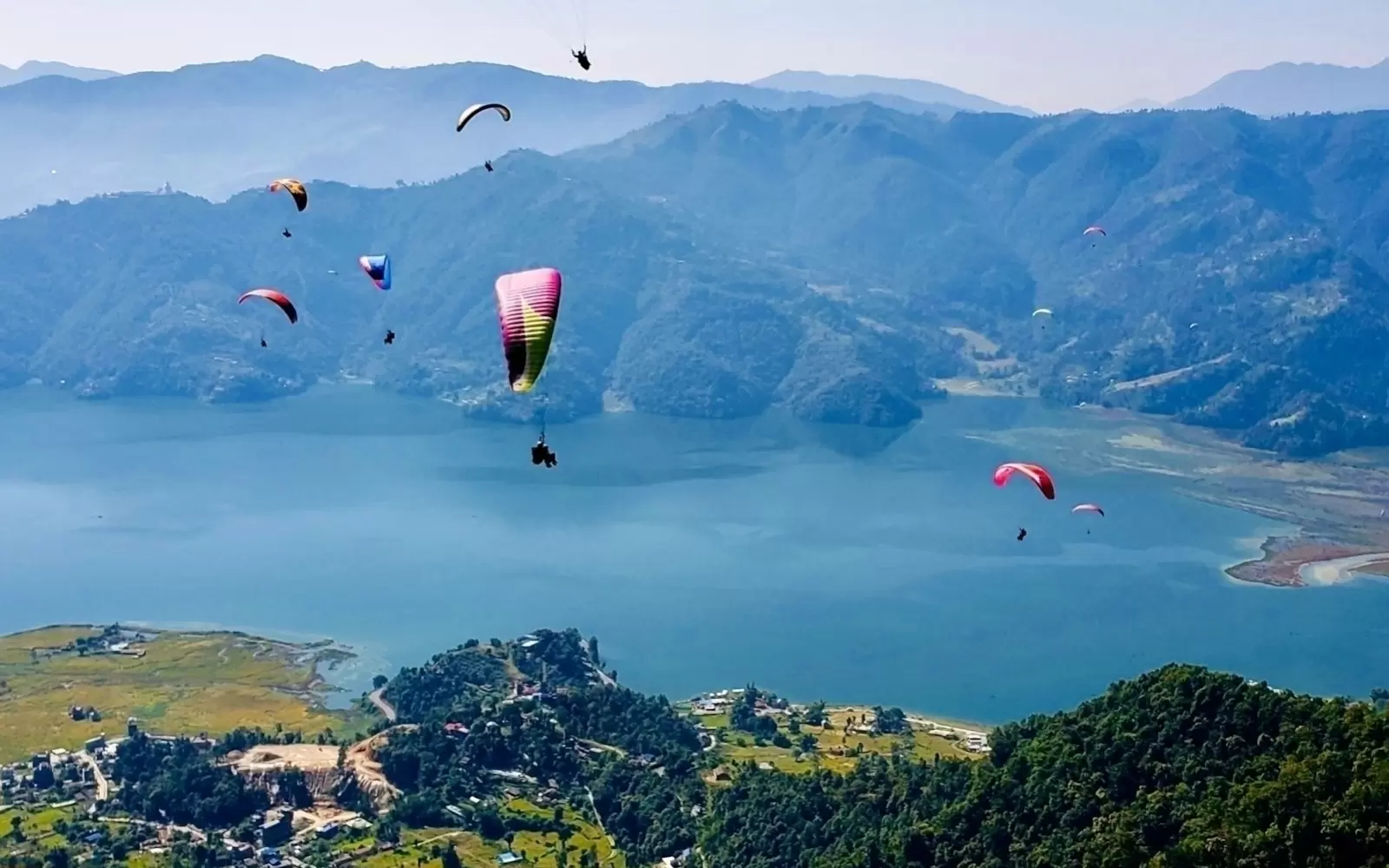
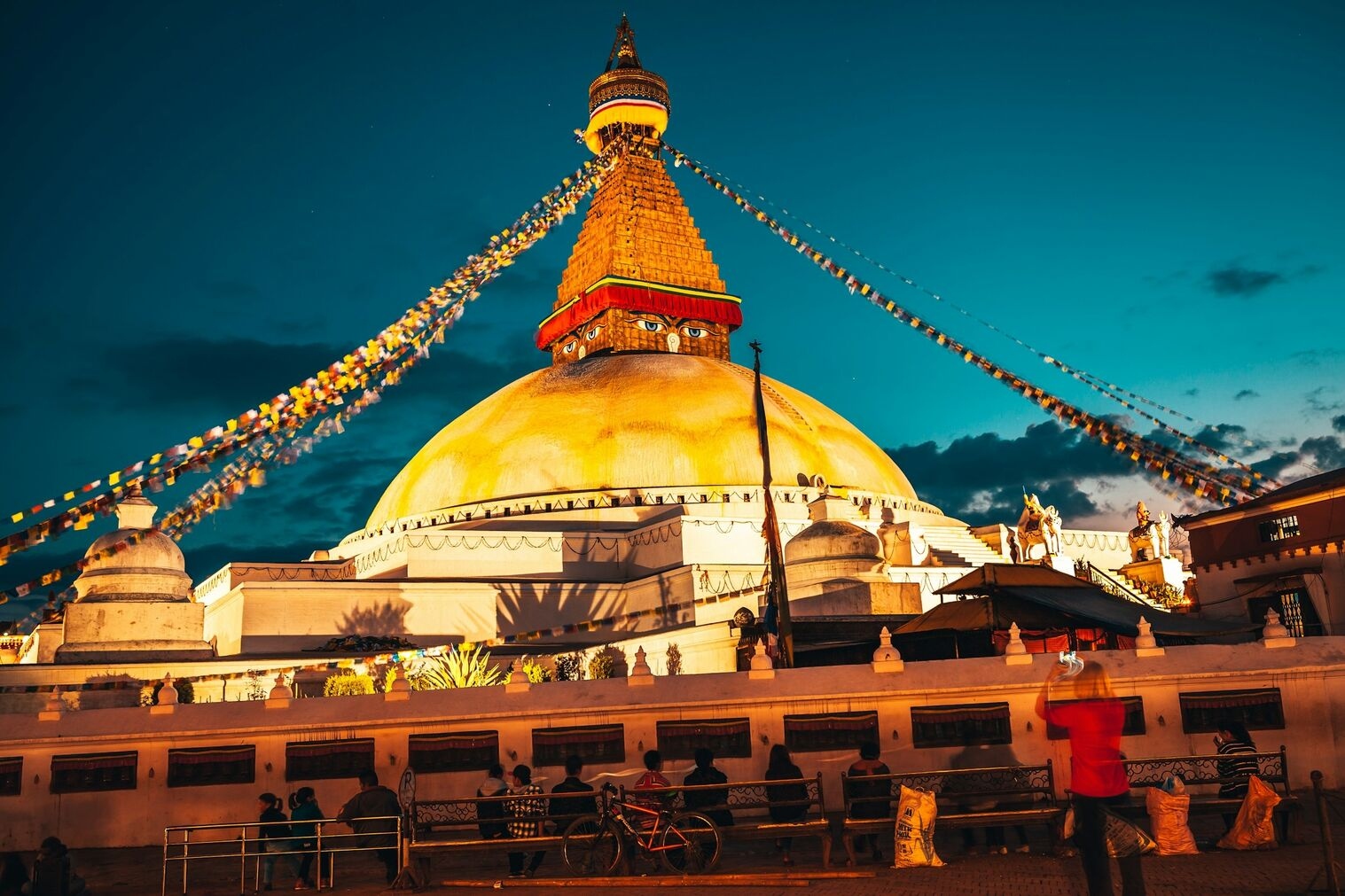
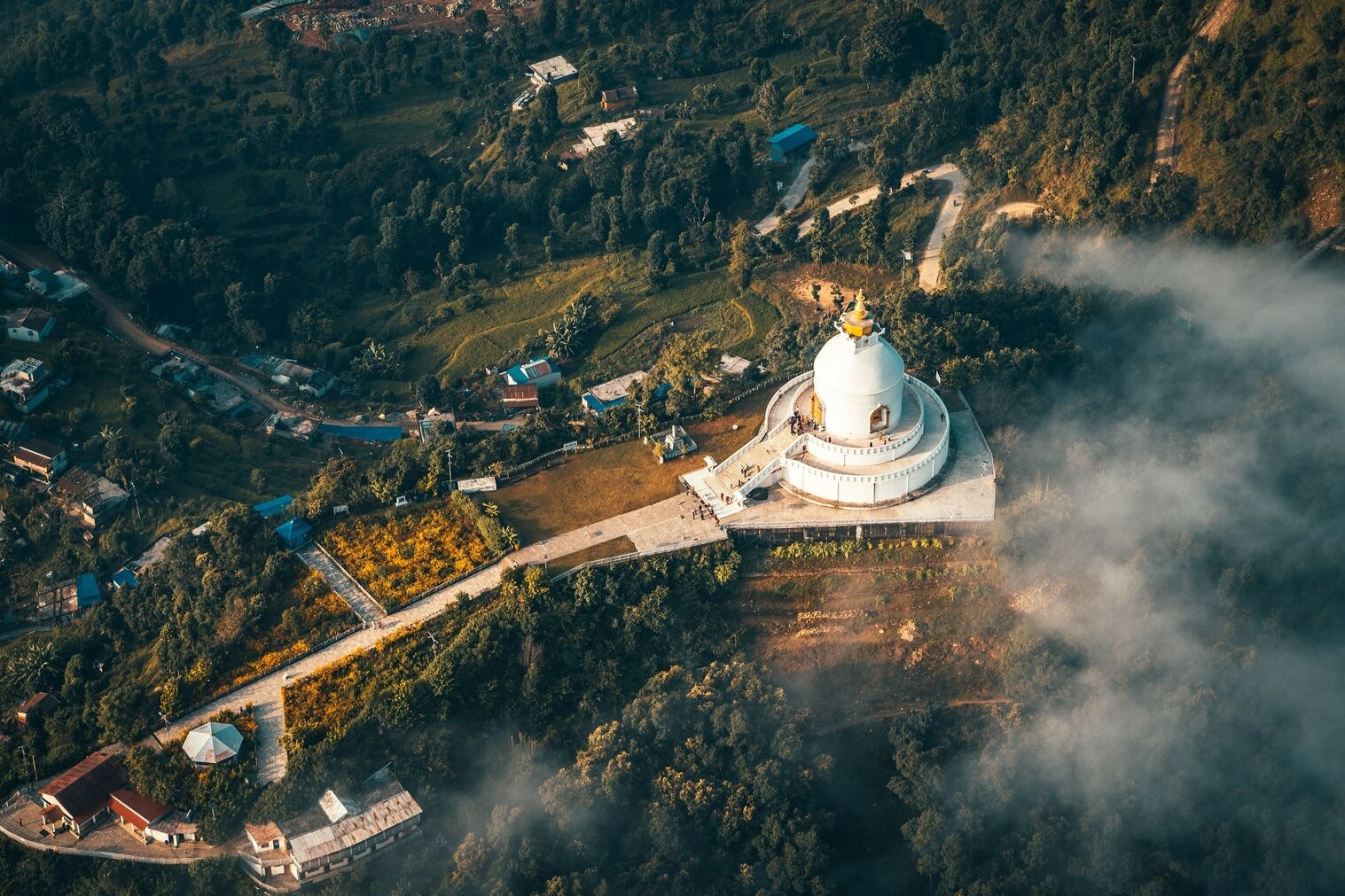
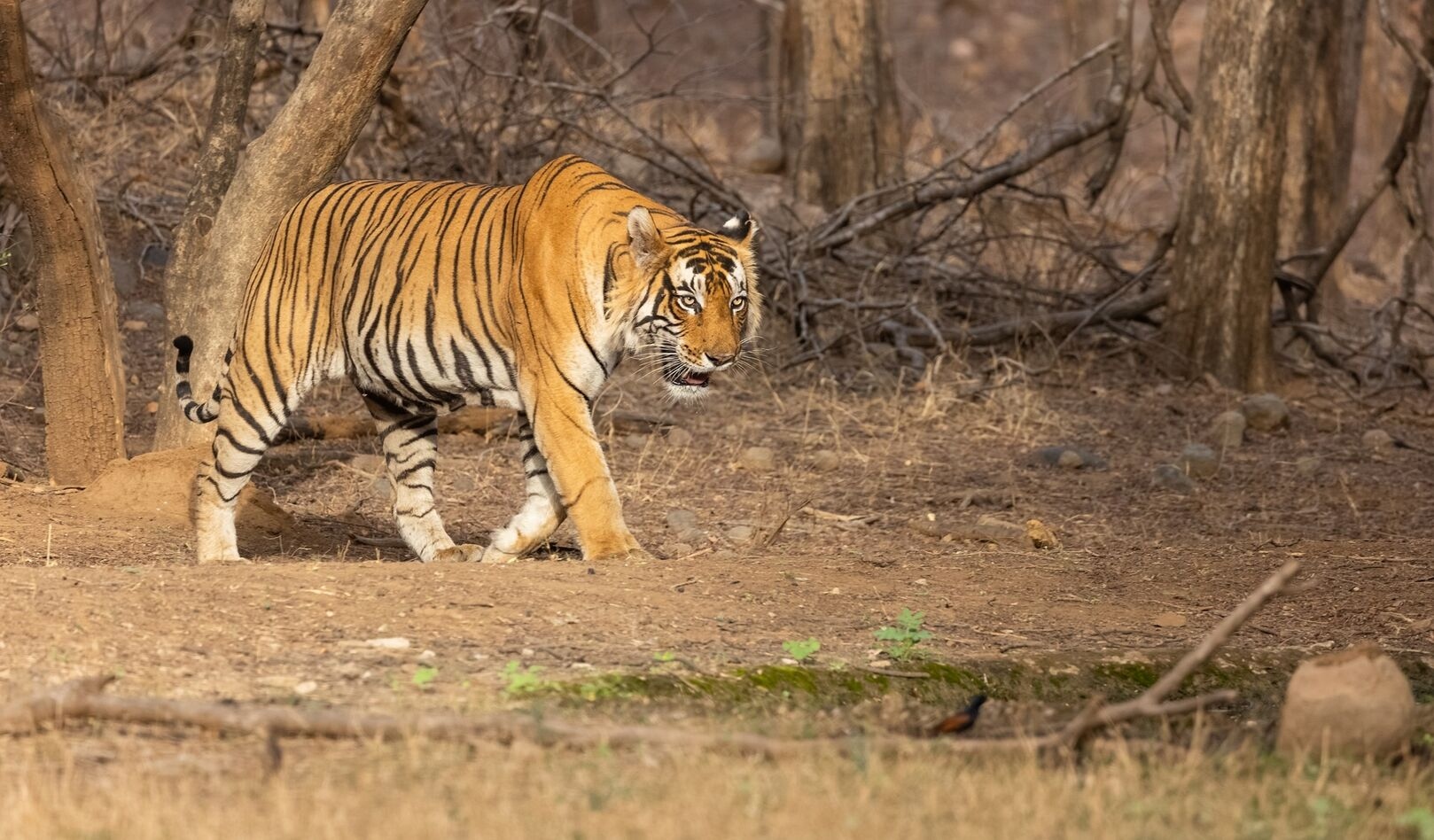
 Famous Tour Places in Nepal
Famous Tour Places in Nepal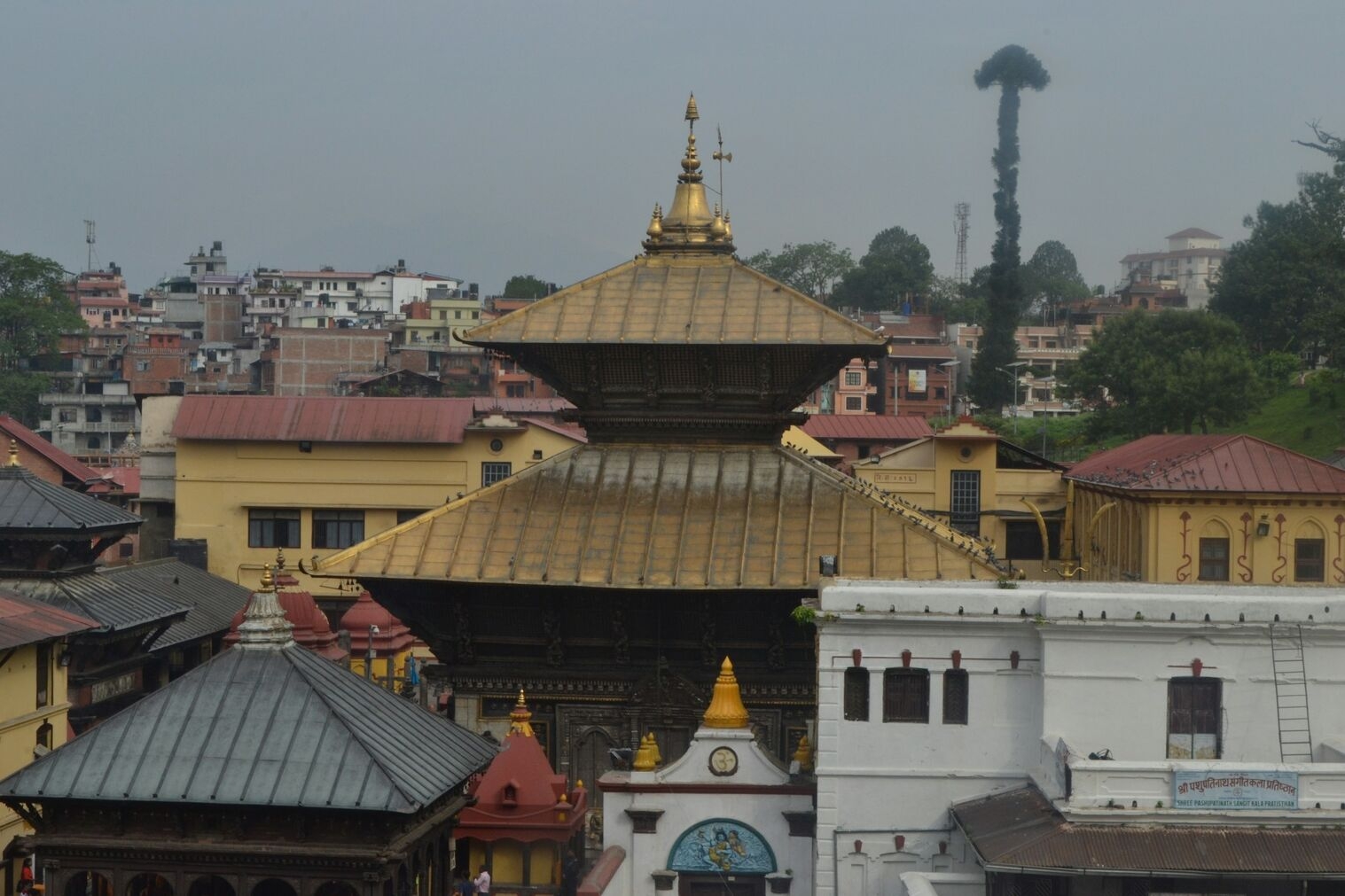
 Swayambhunath Stupa
Swayambhunath Stupa